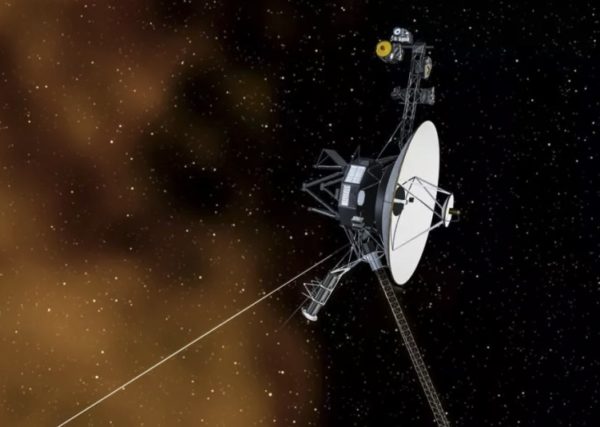
Forty-four years after it rocketed off from Earth, the Voyager 1 spacecraft is detecting the background “hum” of interstellar space for the first time.
Voyager 1, launched in 1977, left the bounds of the solar system — known as the heliosphere — in 2012. The heliosphere is the bubble of space influenced by solar wind, the stream of charged particles that emanates from the sun. Since popping out of this bubble, Voyager 1 has been periodically sending back measurements of the interstellar medium. Occasionally, the sun sends off a burst of energy known as a coronal mass ejection that disturbs this medium, causing the plasma, or ionized gas, of interstellar space to vibrate. These vibrations are quite useful, as they allow astronomers to measure the density of the plasma — the frequency of the waves through the plasma can reveal how close together the ionized gas molecules are.
Now, though, researchers have realized that Voyager 1 is also sending back a far more subtle signal: the constant “hum” of the interstellar plasma. This low-level vibration is fainter, but much longer-lasting, than the oscillations that occur after coronal mass ejections. According to the new study, published May 10 in the journal Nature Astronomy, the hum lasts at least three years. That’s good news for gaining a better understanding of the interstellar plasma.


